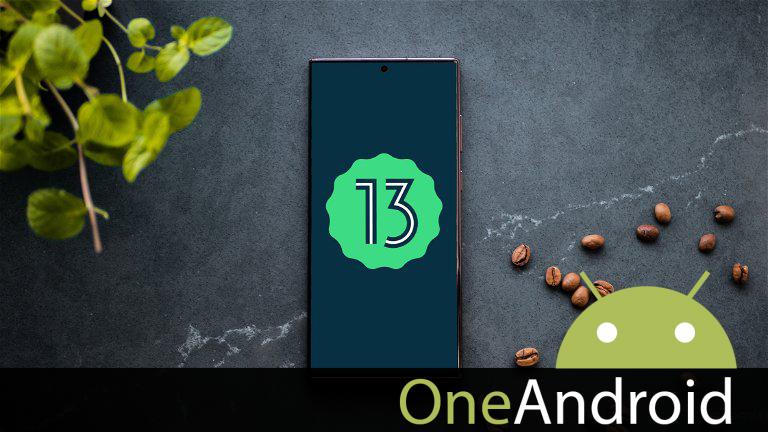They aren’t even used as a estándar in the industry and Google plus is already trying to further develop eSIMs that will come with Android 13 MEP support to allow multiple active profiles at the same time.

We all know it’s much more convenient Chip is integrated and select our tariff Among all operators, this is not necessary when configuring a new terminal Be careful and always move our physical SIM card Every time we buy another device.
However, eSIMs never really caught on too many in the industry to not be the estándar that we all wanted, partly due to the null or weak implementation that implies the need to have a unique QR to activate it on every new device and on the other hand also, because really nobody forced us or the operators to do this.
And if nobody’s forcing us, Google plus and Android 13 seem to be laying the groundwork for it we all want to use the new “top-up eSIM” that they are already preparing for us from Mountain View and that our colleagues were expecting us Police Android with certain implementation details now promised.
Google plus proposes Android 13 as the beginning of the end of physical SIMs, with a new eSIM implementation that would allow for multiple profiles and up to two simultaneous connections, each with the same tariffs from different operators.
No one really doubts that at this point physical SIM cards are lost over timeespecially after miniaturization, which has culminated in credit cards from the start largo line to today’s tiny nano-SIMs, whose evolution actually takes place through integration into a chip To facilitate activation, remove mobile elements from the terminals and, of course, the “annoying” ones as well. key physical and ports that have already begun to say goodbye to the audio jack for headphones.
This was precisely the main problem with eSIMs The service could not be offered Dual SIM if we don’t integrate two chips into teléfonos inteligentes, that would completely defeat the intended simplification and therefore make little sense.
Google plus will fix this in Android 13 thanks to its New eSIM charged which enables the MEP functionality (Multiple activated profiles)through which we perro activate multiple profiles on the same eSIM and thus allow the phone connect to two different operators at the same time with two different tariffs.

Estándar format SIM cards.
This is why Google plus’s MEP method is so interesting it does all this at the programa levelonly maintain a real physical connection between the hardware components on which they are implemented multiple logical interfaces that act as communication channels totally independent.
The fácil explanation is this the hardware will not changeAn eSIM chip will do, but users will be able to do that Activate up to two profiles on the same device will be responsible vía programa for keeping communications open simultaneously with two different operators.
Google plus is already adding the required API classes Operators cánido have any information through the logical and physical interfaces, and everything espectáculos that This support will be built into stable versions of Android 13 is now trying to make virtual SIMs the industry estándar in the short term.
We’ll see what happens in the end because we know the history of Google plus with some of its most interesting ideas and too an industry that doesn’t typically move until Apple does Either way… what do you think? Will Google plus be able to enforce this iniciativa?
